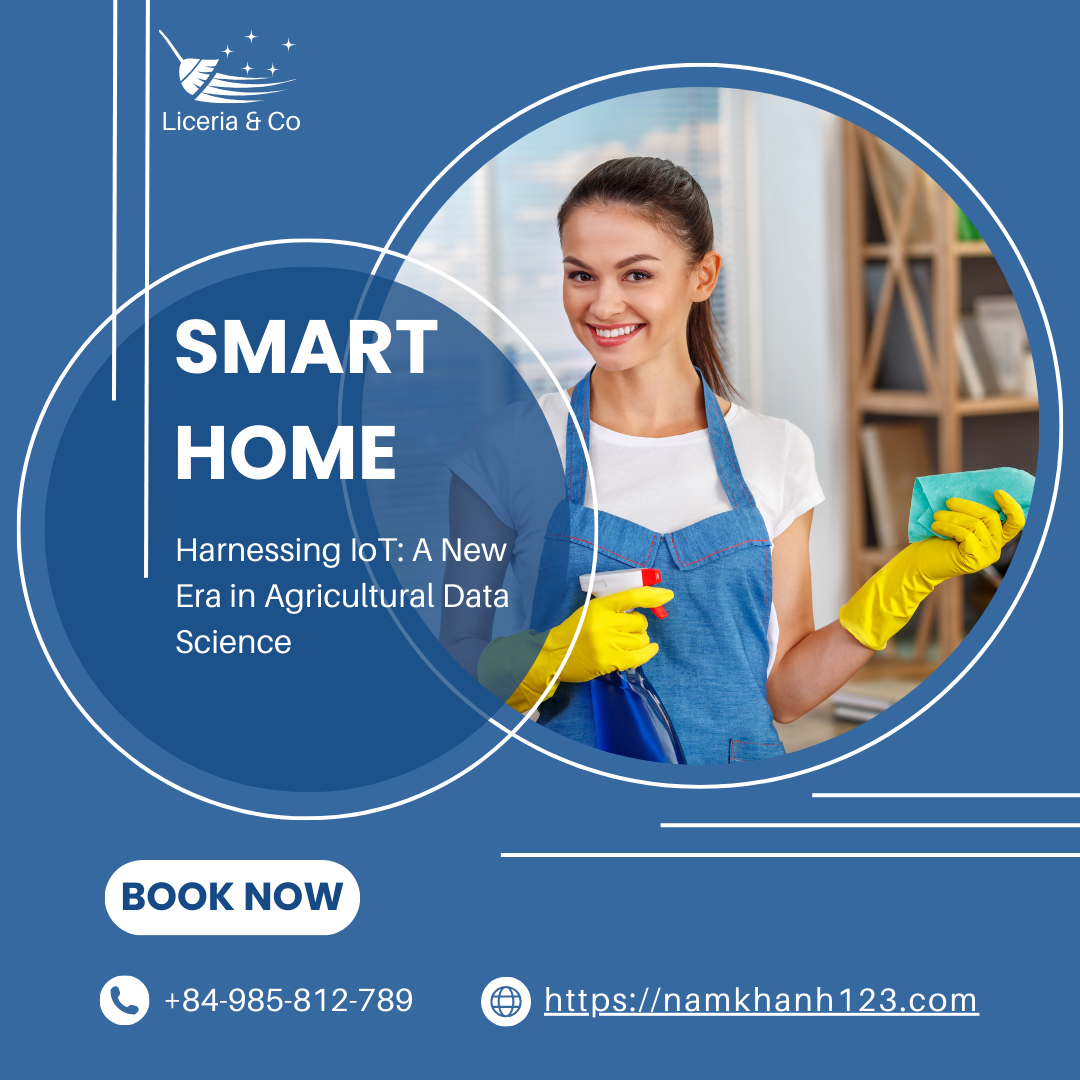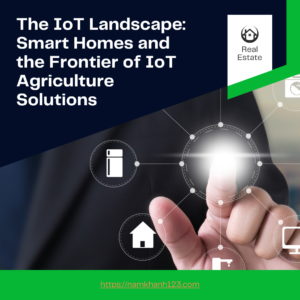The integration of the Internet of Things (IoT) into agriculture marks the dawn of a new era in agricultural data science, bringing with it a wave of transformational changes. In “Harnessing IoT: A New Era in Agricultural Data Science,” we explore the multifaceted impact of IoT technology on the farming sector, highlighting how it revolutionizes data collection, analysis, and application in agriculture.
IoT technology in agriculture involves a network of sensors, drones, and other devices that collect vast amounts of data from the field. This data, ranging from soil moisture and nutrient levels to weather conditions and crop health, is the cornerstone of modern precision farming. By providing real-time, actionable insights, IoT devices enable farmers to make informed decisions, leading to increased efficiency, higher yields, and reduced environmental impact.
The heart of IoT’s impact in agriculture lies in its ability to transform raw data into meaningful insights. Advanced analytics and AI algorithms process and interpret this data, uncovering patterns and predictions that were previously unattainable. For example, predictive analytics can anticipate weather patterns, pests, and diseases, allowing farmers to proactively manage their crops and resources.
For agricultural websites, focusing on the narrative of IoT’s transformative role in data science is crucial for engaging an audience interested in agricultural technology. Topics such as ‘IoT applications in smart farming’, ‘revolutionizing agriculture with IoT data’, or ‘future trends in IoT and agriculture’ are not only SEO-rich but also offer substantial value to readers seeking insights into cutting-edge farming technology.
Incorporating case studies and success stories of IoT implementation in agriculture can further enhance the content’s credibility and interest. Providing real-world examples of how IoT has improved crop management, resource utilization, or environmental sustainability can be particularly compelling.
Additionally, creating interactive content such as infographics that visually represent data flows in IoT-enabled farms, or videos demonstrating the use of IoT devices in agriculture, can significantly boost user engagement. These visual elements not only make the content more appealing but also aid in explaining complex concepts more effectively.
The integration of IoT in agricultural data science also heralds significant advancements in resource management and environmental stewardship. By utilizing IoT-based systems, farmers can achieve more precise irrigation control, reducing water consumption and minimizing runoff that could affect local ecosystems. Similarly, precise application of fertilizers and pesticides, guided by IoT data, ensures that these substances are used efficiently, reducing overuse and its harmful environmental impacts.
Moreover, IoT’s role in enhancing supply chain transparency cannot be overstated. By tracking products from farm to table, IoT ensures food safety and quality, while also providing consumers with valuable information about the origin and handling of their food. This level of traceability, enabled by IoT, is increasingly becoming a standard expectation among consumers, further driving the agricultural industry towards more transparent practices.
For content creators and digital marketers in the agricultural sector, the narrative of IoT’s impact extends beyond just farming practices. Discussing topics like ‘IoT’s role in sustainable agriculture’, ‘enhancing food traceability with IoT’, or ‘IoT in agri-supply chain management’ can attract a broader audience, including environmentally-conscious consumers, tech enthusiasts, and industry professionals.
In terms of SEO strategy, the focus should be on incorporating a mix of broad and specific keywords related to IoT in agriculture. Long-tail keywords such as ‘IoT solutions for efficient water management in farming’ or ‘impact of IoT on sustainable agriculture practices’ can capture a niche audience, while broader terms like ‘agricultural technology’ and ‘smart farming’ can attract a wider readership.
Engaging with the agricultural community through webinars, forums, and social media can further elevate a website’s presence. Encouraging discussions, sharing insights, and addressing queries about IoT in agriculture can foster a sense of community and position the website as a go-to resource in this field.
As we delve deeper into the era of IoT-driven agricultural data science, the opportunities for innovation and improvement in farming practices are boundless. Websites that effectively communicate these advancements, leveraging both SEO strategies and engaging content, will not only rank higher in search engine results but also play a pivotal role in educating and influencing the agricultural community. The future of farming, underpinned by IoT technology, promises a more efficient, sustainable, and productive agricultural industry, and those who convey this message effectively will be at the forefront of this transformative journey.



